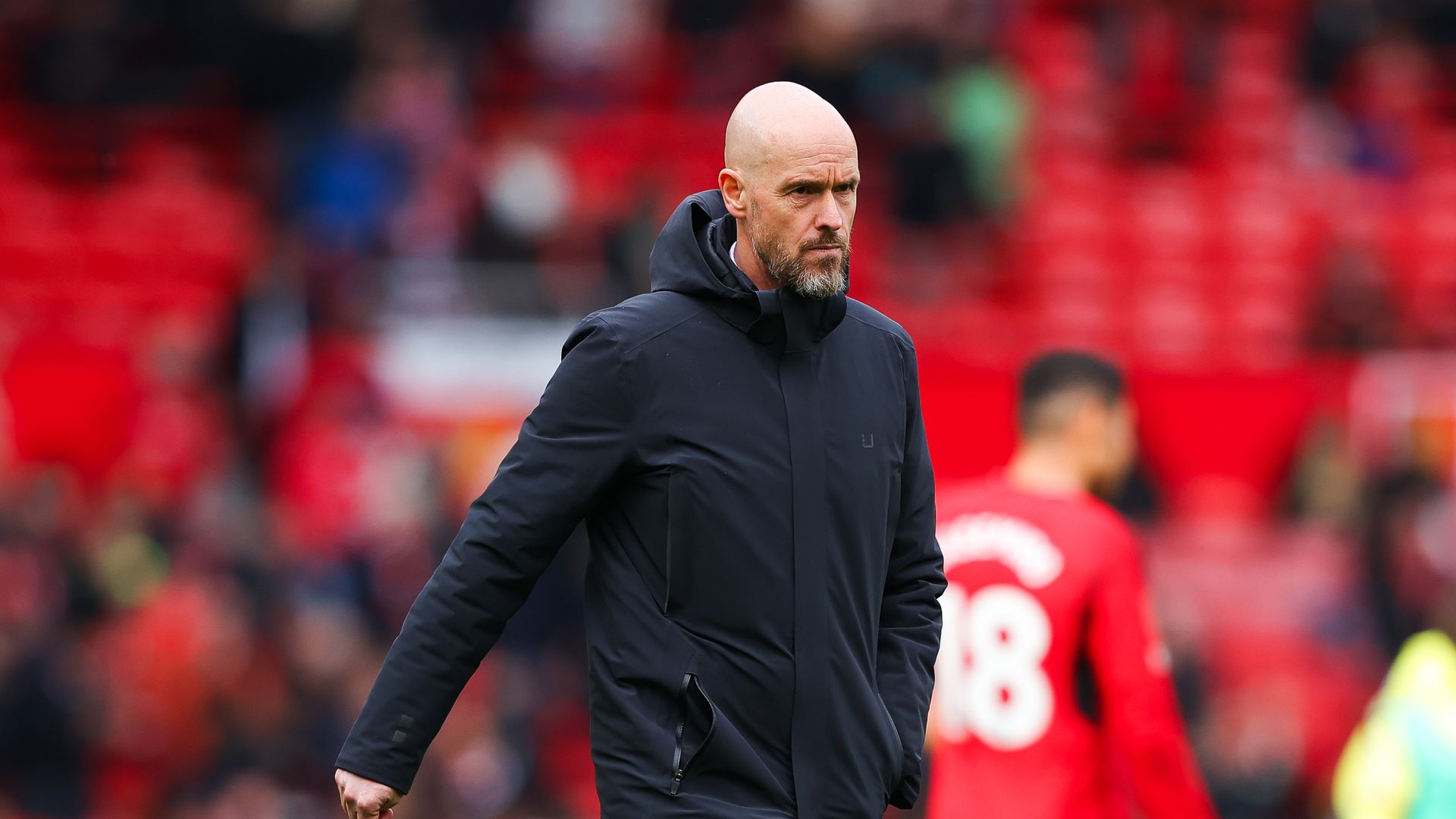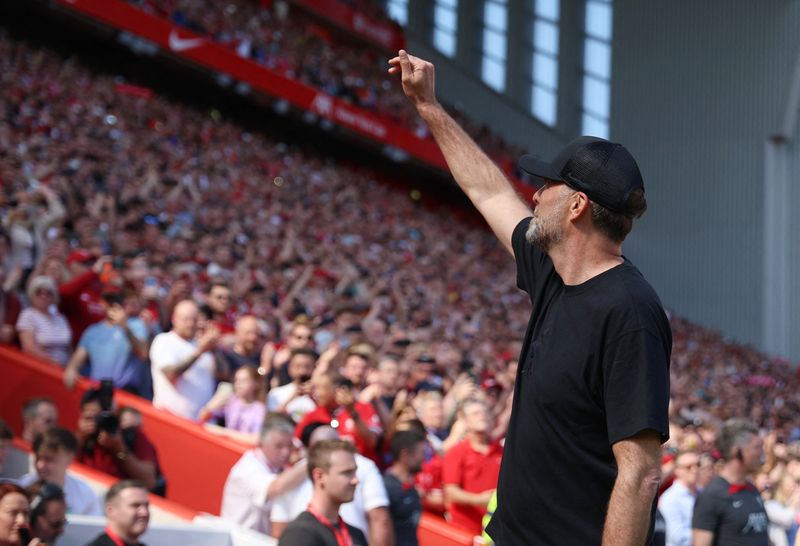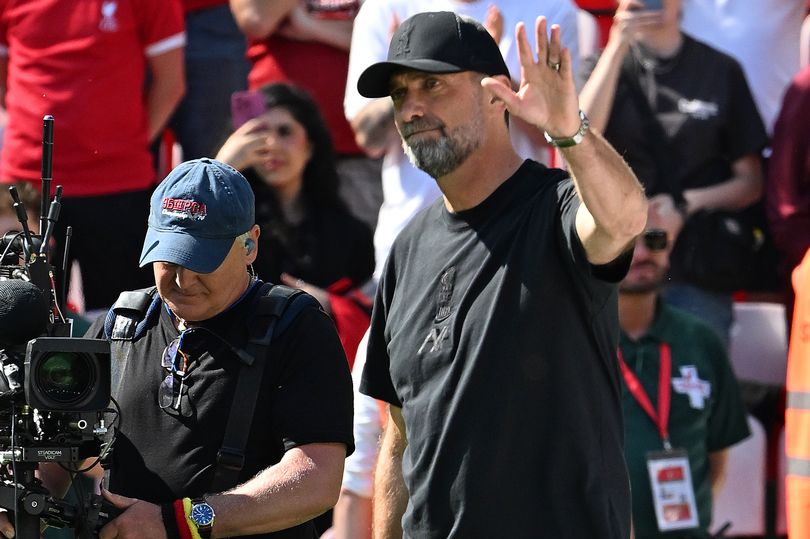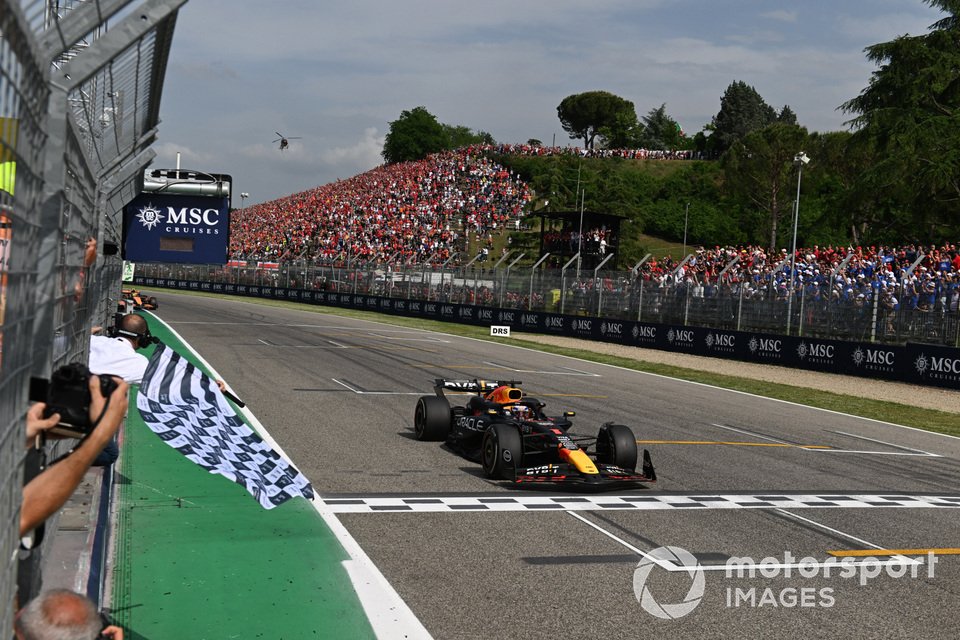
TACTICAL ANALYSIS: INJURIES ARE EXPOSING TEN HAG’S (LACK OF) SYSTEM
Monday night’s 4-0 loss to at Selhurst Park may be Manchester United’s rock bottom of the Erik Ten Hag era. However recent history suggests one should be hesitant before using that phrase as several times this season United seemed to have hit rock bottom only to find they could actually fall lower.
By now you know all the numbers and statistics. The 4-0 loss means United have a negative goal difference in the month of November. Their 17th loss of the season is the most in a campaign since the early 1990s.
Injuries have been a mitigating factor, particularly in defense. On Monday United started a center-back pairing of Casemiro and Jonny Evans - their 14th different center-back partnership of the season.
Last week manager Erik Ten Hag referenced the constant changing at the back as a reason for United’s poor defensive record this season: “Last season we had the consistent back four, we did the same and we had the most clean sheets in the Premier League.”
This is at best deflection and at worst further gaslighting from the United manager. The 14 different centerback partnerships and the amount of injuries United had at the back this season may make it easy to forget that United did not have any consistency at the back last season.
Last season Luke Shaw played just played just 53.57 percent of available Premier League minutes at left back, meaning about half the season saw someone else lining up there. Tyrell Malacia played just over 37 percent of the available minutes. On the other side, first-choice right-back Diogo Dalot played just under 61 percent of the available minutes at right-back, roughly the same percentage that Lisandro Martinez played at center-back. United’s first-choice centerback partnership of Martinez and Raphael Varane played less than 40 percent of the Premier League’s minutes.
United’s center-back pairing for the FA Cup final was Victor Lindelof and Luke Shaw. It was the ninth different partnership they had used last season. That is... a lot! In fact, at this time last season, everyone was lamenting the lack of consistency at the back and highlighting this as something that needed to improve next season.
Sure it’s relatively much more consistent compared to this year but the definition of consistent doesn’t change just because the numbers got worse.
Ten Hag is right that United “did the same” last season. The injuries have certainly been a factor in United’s poor defensive record but what they’ve really done is expose the complete lack of system Ten Hag has.
With no other options, Ten Hag has been forced to start Casemiro as a make shift center-back for the past four games. Casemiro is a ball-winning defensive midfielder. He has one mode of play: see ball, go win ball back. Casemiro will step up to engage in a high amount of tackles. For most of his career he was almost a cheat code given how often he won them, which was a major factor in how United played last season.
Casemiro not understanding the nuances of the position isn’t something to be held against him. He’s not a center-back. As a midfielder, in the event you miss a tackle you still have your defenders behind you to help out. That’s precisely why Casemiro’s skillset wouldn’t really translate to being a center-back. If you miss a tackle there, there’s no one to help you.
Casemiro plays center back the same way he plays central midfield. See ball, go win ball. He was getting away with it over the first three games but it didn’t take long for it to blow up in his face against Palace.
Just over 11 minutes into the match Casemiro sees the ball and goes to win the ball when Michael Olise receives a throw in and displaces Christian Eriksen. He gets there a step slow, which is not surprising as he’s been a step slow all season, and Olise sends him sliding by. As a center-back, there’s no one behind Casemiro to bail him out, and Olise simply carries the ball forward and gives Palace the lead.
Here’s where Ten Hag’s “system” breaks down. Ten Hag’s system is very individual-based. It requires everyone to win their 1v1 battles. That’s why he needs players like Raphael Varane, Lisandro Martinez, and Luke Shaw who frequently win their 1v1 battles.
There are two problems with this. The first is obvious. If everyone needs to win their 1v1 duels, that pretty much requires you to have the best 11 players on the pitch. Injuries are a part of the game. Maybe not to the extent United have had them this season, but inevitably players are going to get hurt. That means you need players on the bench who will also be able to come in and win their 1v1 duels against Premier League starters. It’s very hard to build a team like that.
The second is exactly what happens on Olise’s goal. Once Olise sidesteps Casemiro, he’s looking at daylight.
Olise begins towards United’s box where United has just two players back. Neither Jonny Evans nor Diogo Dalot come over to close him down but neither are particularly in a position to. Evans has his own man that he’s dealing with, if he leaves him, Olise just slips Mateta in on goal.
On the other side, Diogo Dalot is dealing with not one but two players out wide. If he comes inside Olise could easily slip them in.
Because the defending is so individual-based, once someone loses a 1v1 battle, you’re screwed.
As Ten Hag mentioned, last year United did the same. Under Ten Hag they’ve always been a team that defends team and allows teams to have the ball in and around United’s box. The amount of completions United allow within 20 yards of their goal along with how often teams get the ball into United’s box have both been higher under Ten Hag than any of United’s previous managers since 2017-18.
United do a lot of defending inside their own box. The difference between this year and last year has been having defenders who are really good at defending inside their own box. That’s been hurt by injuries but that’s also a sign that the system isn’t actually good. It’s entirely reliant on the individual quality of the defenders.
The injuries to the backline may be affecting the bottom line, but the amount of pressure that they’re under is indicative of what’s going on further in front of them.
Here’s Palace’s second goal. Once again they have a player running right at United’s defense. This time it’s Jonny Evans’ turn to look foolish.
This goal isn’t on Evans. When you have a player running at your centerback like this,
your centerback is rarely going to win this battle. Their chances are entirely dependent on how good they are.
Last season United often played a 4-1-4-1 shape that out of possession quickly turned into a front five and back five.
Last year they had an in-form Casemiro behind the front five ready to clean up the mess if they were bypassed.
This season, Casemiro is drastically out of form. He can’t clean up the mess and the mess happens more than ever because the front five is so easily bypassed. As a result, the centerbacks are constantly under pressure and the amount of touches teams are taking in United’s box has skyrocketed.
The entire point of defending is to prevent these situations from happening. When you defend as a team, if someone gets beat there’s someone else there to provide coverage. Ten Hag’s approach to defending makes it individual.
Therefore when someone in midfield gets beat it’s a free run at United’s defense. How many times did Palace get opportunities like that?
I don’t know. It happened so often that I eventually stopped counting.
Evans and Casemiro put in one of the worst centerback performances you’ll ever see on Monday but it’s not a surprise that they were bad. Your center-backs are never going to succeed when they’re allowed to be run at all game. These situations aren’t the fault of who’s playing defense. They occur because of a lack of structure further up the pitch.
That United are conceding 20.8 shots per game in the Premier League in 2024 isn’t down to who is or isn’t playing in defense. It’s indicative of what’s happening further up the pitch. How the midfield is allowing teams to move the ball so easily up the pitch, and typically to freely run at United’s defense. The fact that United have managed to actually keep the shot quality of their opponents down during this period is indicative of how well their center-backs are playing, even though the top ones are all injured.
You would think that with Casemiro being someone who loves to step up and engage the ball but has been a step slow all season and Jonny Evans just being slow, a coach would say; I’m on my 14th choice center-back partnership, they’re probably not that good, I should try to protect them as best I can. You could solidify the midfield, and play a bit more conservatively but work to ensure they don’t have guys running at them all game. Instead, Ten Hag just went with his usual free-for-all attack that yielded nothing and constantly hung his center-backs out to dry.
Ten Hag may be lamenting the amount of injuries United have had which has prevented them from being good. The reality is the injuries are exposing Ten Hag. His system was propped up by the individual play of some great defenders. If the individual quality is anything short of fantastic, the entire thing comes crumbling down.
2024-05-09T14:43:36Z dg43tfdfdgfd











